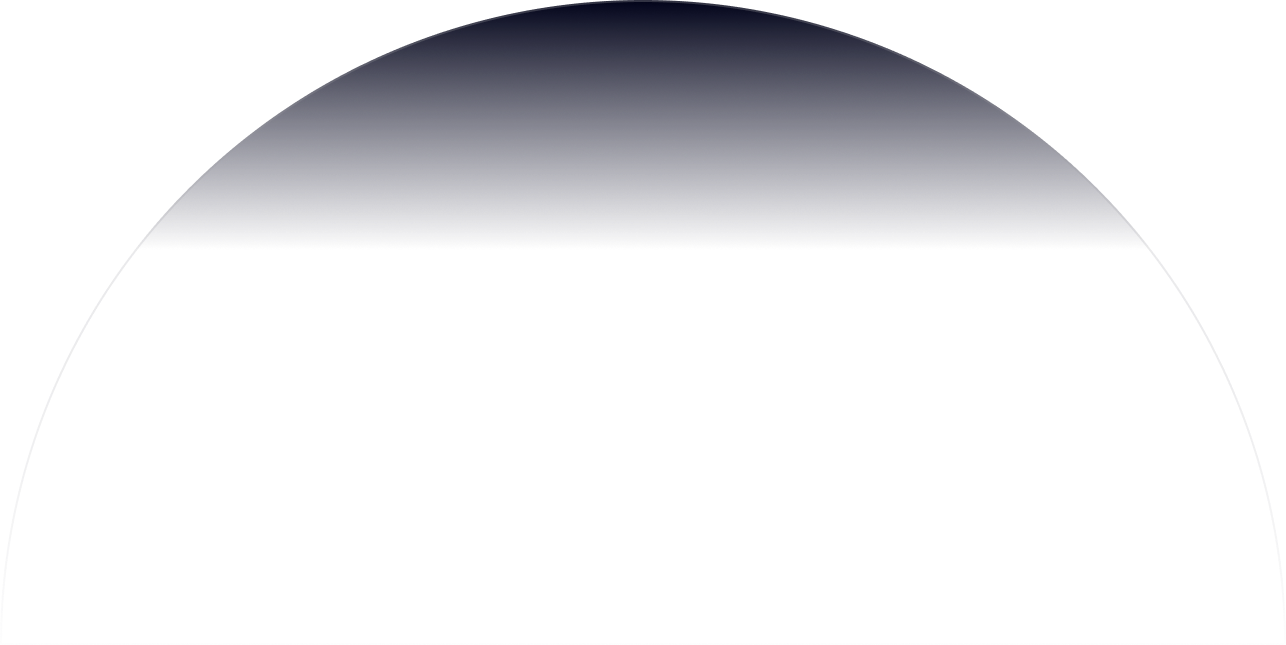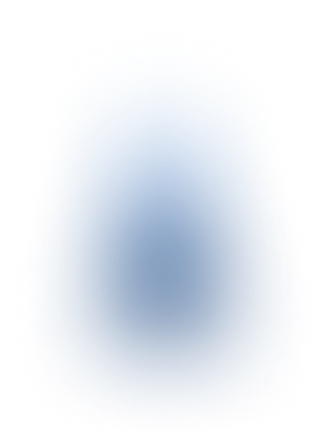From Heart to Cloud: How Remote Stethoscopes are Revolutionizing Telemedicine

Introduction
When the COVID-19 pandemic hit, healthcare changed overnight. Doctors who once relied on face-to-face consultations had to switch to video calls and remote monitoring. Telemedicine went from being a convenience to an essential lifeline.
One challenge stood out – how could doctors still “listen” to their patients’ hearts and lungs from a distance? Auscultation, the act of listening to internal body sounds with a stethoscope, is a cornerstone of medical diagnosis. Without it, important clues could be missed.
Enter the remote stethoscope for telemedicine, a smart, connected tool that sends heart and lung sounds from the patient’s location straight to the doctor, no matter where they are. Among these, the digital electronic stethoscope with cloud connectivity has been a game-changer.
What is a Remote Stethoscope for Telemedicine?
A remote stethoscope for telemedicine blends the classic function of a stethoscope with modern technology. It can capture sounds from a patient’s body, amplify them, and send them over the internet in real-time.
Key features include:
- Digital display – showing visual representations of heartbeats and breathing patterns
- Wireless transmission – uses Bluetooth for short-range listening (1–10 meters, called distance auscultation) and the internet for long-range listening (teleauscultation), which connects doctors and patients globally.
- Real-time sharing – so doctors can listen live or review recordings later
This isn’t just convenient and transformational. A clinician in a major city can listen to a patient in a remote village without either of them having to travel.
Anatomy of a Modern Stethoscope
Modern stethoscopes look familiar but are packed with smart features:
- Sound visualization on display – It allows doctors to both hear and ‘see’ sound waves, with phonograms available on mobile devices through easy-to-use apps.
- Adjustable filters – can isolate heart sounds or lung sounds for a more precise diagnosis
- AI-based diagnostics – early detection algorithms can flag potential abnormalities for further review
Traditional vs. Digital Electronic Stethoscopes:
- Traditional models depend entirely on the user’s hearing and can’t record or share data.
- Digital models amplify sound, remove background noise, record sounds , and connect to telemedicine platforms.
In short, the modern stethoscope is no longer just an ear-to-chest device – it’s a complete digital screening setup.
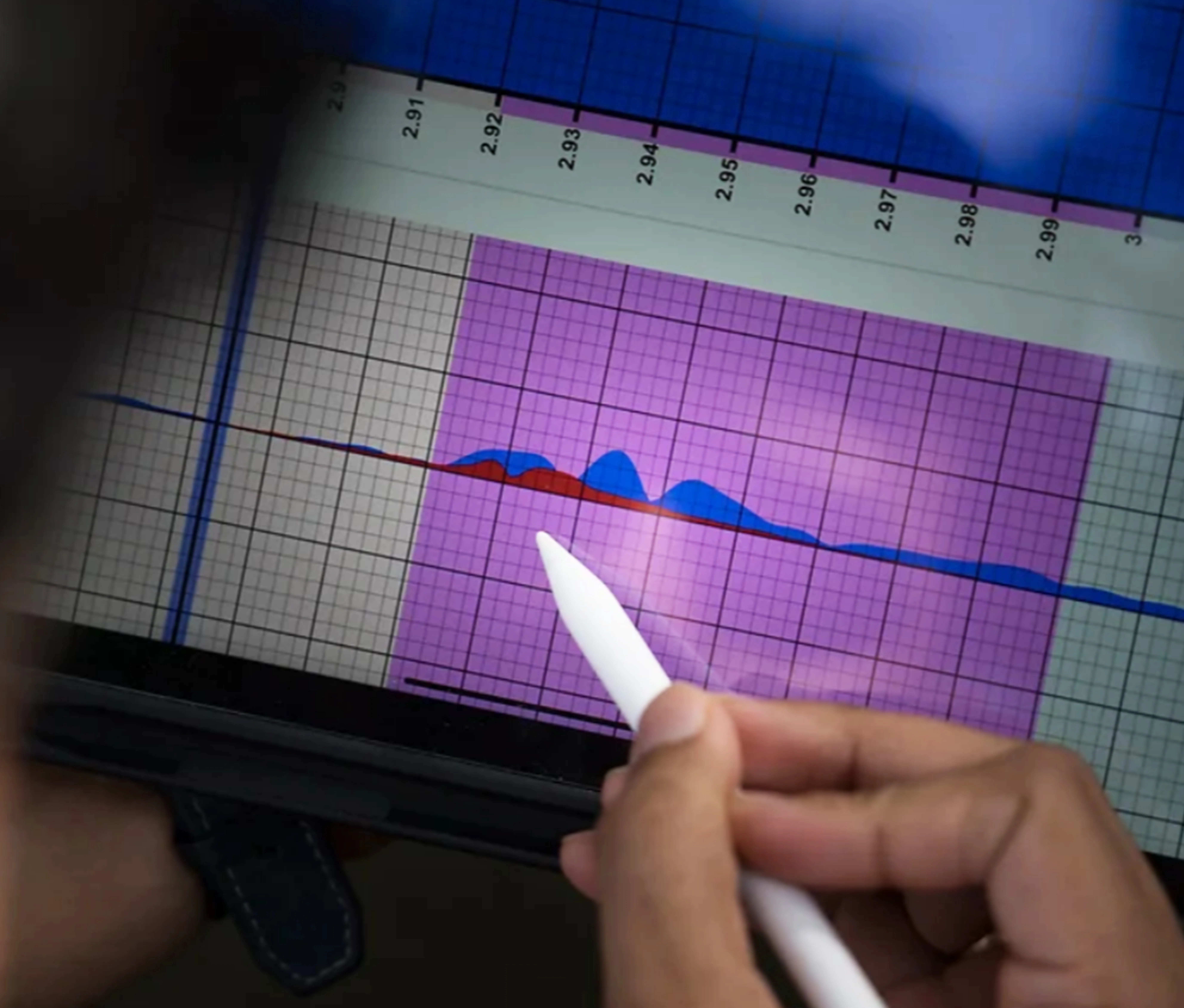
From Patient to Physician: The Cloud Workflow Explained
In a telemedicine setting, a remote-ready stethoscope functions as follows:
Data collection at the start: The stethoscope is placed on the patient’s back or chest by the patient, a nurse, or another healthcare professional.
Live transmission: Sounds are safely sent to a connected device (like a smartphone or tablet) using Bluetooth for short-range listening, or the internet for teleauscultation, and then stored on the cloud.
Remote interpretation: The physician can listen in real time or play back the recorded audio at a later time.
Integration with EHR: For future use, the notes and audio can be kept in the patient’s electronic health record.
This procedure guarantees that an early detection is no longer hampered by location.
Step Up from Analog to Digital Excellence
Use Cases for Remote Stethoscope Integration
- Rural clinics and underserved populations – A village health worker can connect with a cardiologist hundreds of miles away, giving patients access to specialist care without travel.
- Home healthcare and mobile medical units – Elderly or bedridden patients can be monitored at home, reducing hospital visits.
- Teaching institutions – Medical students can listen to real patient recordings during lessons, making learning more interactive and accessible.
In each scenario, the modern stethoscope is not just a tool, rather it’s a link between people and life-saving care.
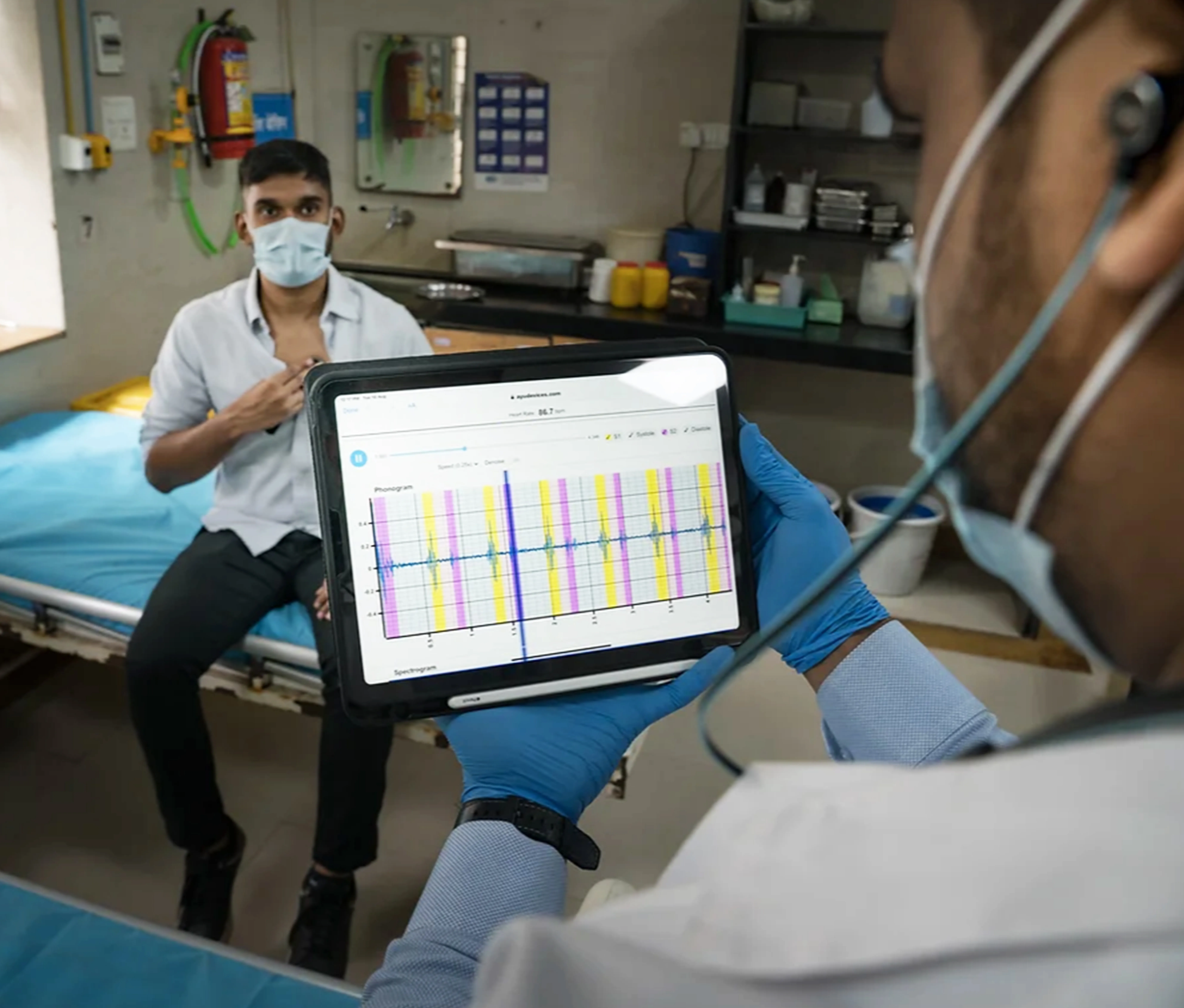
Spotlight on AyuSynk’s Role in Tele-Auscultation
AyuSynk has emerged as a leader in remote auscultation technology. Their AyuSynk 2+ and AyuSynk 2Pro Advance models integrate seamlessly with the AyuShare app, offering:
- 60x sound amplification – making even the faintest heart murmurs audible
- App interface with live visualization – turning sounds into visual waveforms for clarity
- Real-time sharing and recording – ideal for telemedicine, teaching, and documentation
Success Stories:
Clear, shareable auscultation with 60x amplification is made possible by AyuSynk’s Bluetooth-enabled, AI-assisted stethoscopes, which have revolutionized care in emergency situations, medical education, and rural health programs. They were essential for telemedicine during the COVID-19 epidemic, enabling physicians to securely evaluate heart and lung sounds from a distance while lowering exposure risk and preserving diagnostic precision. AyuSynk has continuously improved access, accuracy, and patient outcomes in settings ranging from neighbourhood clinics to specialized cardiac units.
Conclusion
From the first heartbeat heard through a wooden stethoscope in the 1800s to today’s cloud-connected digital electronic stethoscope, the journey has been remarkable.
Remote-ready stethoscopes are closing the gap between patients and healthcare providers. They make it possible to deliver accurate, timely diagnoses, whether the patient is across the street or across the country.
For clinicians, adopting these modern tools isn’t just about keeping up with technology. It’s about expanding care to where it’s needed most. The future? AI-enabled remote diagnostics on a global scale, where every heartbeat, no matter where it’s heard, gets the attention it deserves.


